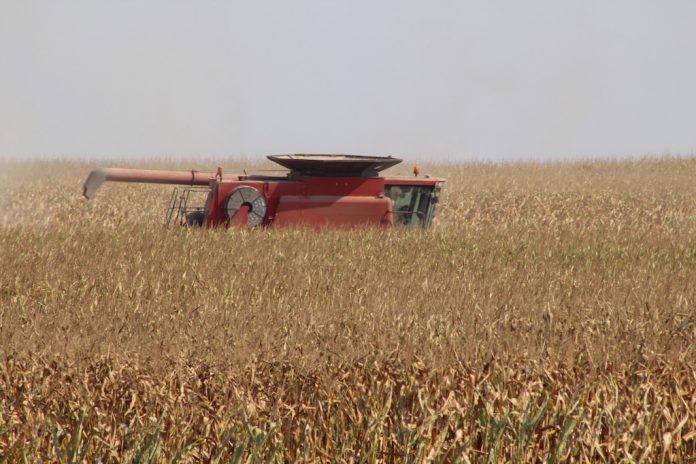The 2019 crop year was memorable for what an unmitigated disaster it was. Planting was historically delayed. Major growing regions planted corn in June instead of April and early May. The delayed planting led to delayed harvest, not just because of the late crop but because of wet weather.
Much of the immature crop stayed in the field for much of the winter, either because the weather would not allow harvest, or because the low test weight and high moisture prevented it from being marketed or stored.
The major frustration for those of us talking about the crop and trading the crop, but not raising it, was that we thought we knew that the crop size and quality was suffering, but the U.S. Department of Agriculture (USDA) did not seem to agree with us.
There were analysts who thought the final corn yield would be reduced to something in the 140s, but each progressive USDA production report showed small reductions only in crop size. The mystery remained — how could we have all the problems and only reduce the yield from 176 to 168 bpa?
USDA report
It has taken awhile, but USDA, in its Jan. 12 reports, finally resolved some of the mystery. Oh, they didn’t actually change the 2019 corn production estimate. No, they juggled a bunch of other numbers to come up with the reality that we don’t have as much corn in the country as USDA thought.
In this report, USDA represented that the 2019 crop was correct, but the 2020 crop is now thought to be almost four bushels to high. Final yield is now said to be 172 bpa instead of 175.8. USDA increased usage for the 2019 crop, and revised the Sept. 1 stocks report downward.
The result of all this could be seen to lower supplies by as much as 630 million bushels, but the juggling of numbers somehow got us only a 47 million bushel drop in the 2021 carryout, to 1.552 billion bushels. The numbers still confuse me, but the end result was a market that finished the report day limit up 25 cents.
Follow through Jan. 13 gave us a 71⁄4 cent gain, and we were up 351⁄2 cents for the week. The contract high was $5.411⁄2 Jan. 13. December futures gained almost 20 cents for the week, trading to $4.651⁄2.
Markets moderating
Since the surprise, and the sharply higher market, we have moderated a little. Early trading of the March corn futures Jan. 19 was at $5.29-3⁄4, and we were down almost two cents for the day. Soybeans, however, are not just moderating. There, we have March futures down almost 20 cents, at $13.97. The high Jan. 13 was at $14.211⁄4.
A little perspective goes a long way. These are the highest prices in six and a half years. Just a few months ago, we had March corn futures at $3.60. December 2020 futures were as low as $3.32. Three months ago March soybean futures were $9.60. That means we have gained over $4.50 in soybeans and over $1 in corn futures.
Chicago wheat futures, meanwhile, are still climbing. The March contract made a new high Jan. 15 at $6.93, and got almost back to that Jan. 19 after the Monday holiday. The overnight high was $6.911⁄4.
Wheat is the one market that has real news, other than the revisions of USDA that are shaking the market. Russia has raised the export tax on wheat to $50 a ton, and that is changing how wheat is traded in the country. They have some production problems, and worry that since they normally export so much, they may run out.
Hard decisions
As I said last week, decisions are hard on marketing grain right now. It would seem we should be rewarding the markets at these levels. Most have sold their 2020 crop heavily, and are looking at 2021 sales ahead of even the planting. This is hard to do, with the 2021 corn crop lagging the 2020 by 76 cents if you compare March corn to December 2021 corn.
The soybeans are worse, with more than $2 between the current old crop and the new crop November futures. It would seem that our highs might not be in, since we have most of the crop year to go. We may have some demand rallies as we run out of supply.
The USDA expectation of over 1.5 billion bushels of corn left may be too high. Their expectation of soybean carryout may be even more optimistic.













